America’s oldest shopping center is undergoing a $400 million transformation into a brilliant shopping center of tomorrow, with high-end brands and top-notch amenities.
With its teal and flamingo pink color scheme and high-tech air conditioning, Southdale Center surprised shoppers when it opened in 1956 as the first climate-controlled indoor shopping center in the United States.
However, over the years, competition from rival shopping centers elsewhere in the Minneapolis suburbs, store closures and reduced footfall meant its former glory began to fade.
But now, shopping center giant Simon Property Group SPG is investing hundreds of millions of dollars in the complex, attracting big-name brands and building luxury amenities.
Among the new facilities on offer are a pickleball court, a Hilton hotel and a host of world-class brands including Gucci, Rolex and Moncler.
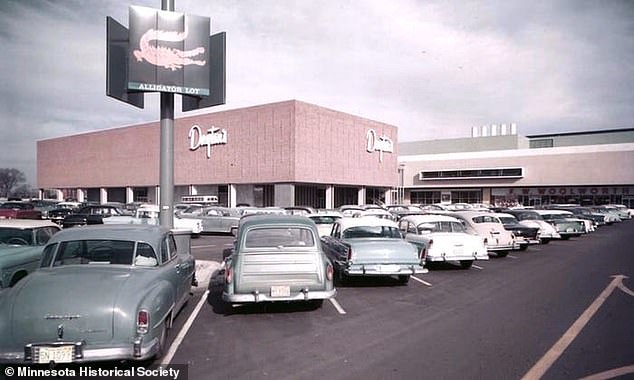
America’s oldest mall is undergoing a $400 million transformation
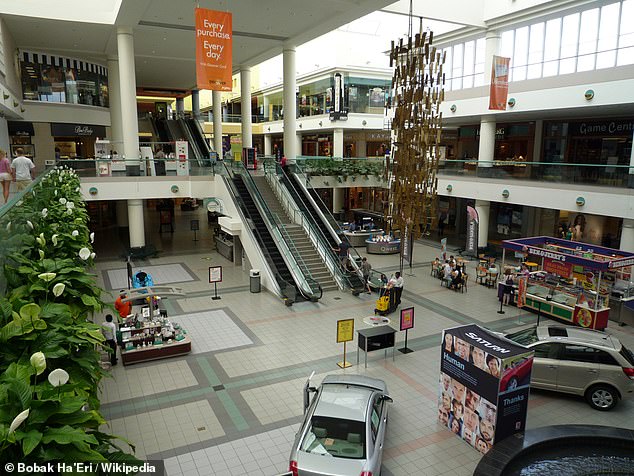

The Southdale Center in suburban Minneapolis surprised the Twin Cities when it opened in 1956 as America’s first climate-controlled indoor shopping center. In the photo: The center in 2009.
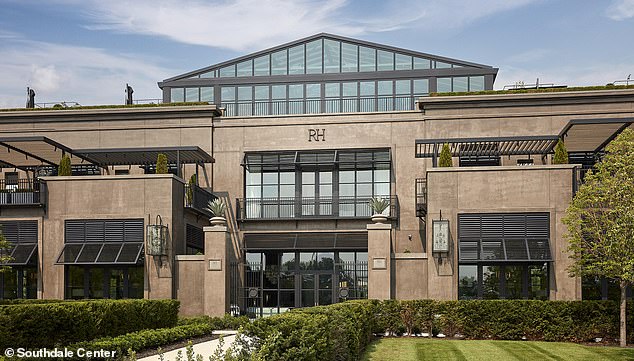

Shopping center giant Simon Property Group SPG has produced CGI images showing what the newly imagined Southdale could look like.
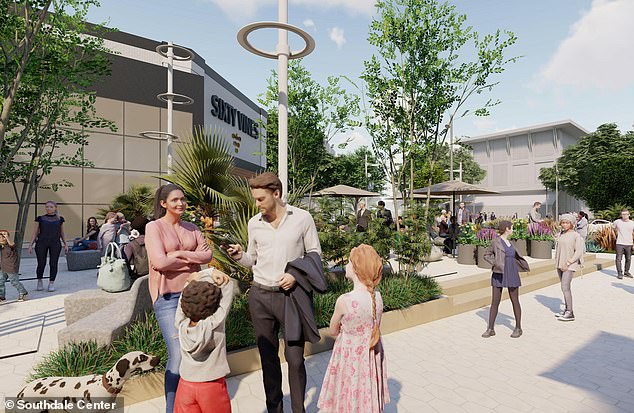

Among the new facilities offered are a pickleball court and a luxury hotel.
Defunct department stores are giving way to companies like Puttshack, the high-tech mini-golf operator, reflecting the shift in how Americans use the mall.
Research suggests that while shoppers spend less time in shopping malls, they are more likely to spend more on high-value items, Wall Street Journal reports.
It means lower footfall, which only plummeted further during the pandemic, upscale malls have surpassed 2019 tenant sales levels.
“Good shopping centers are thriving,” Floris van Dijkum, CEO of investment firm Compass Point Research & Trading, told the outlet.
“If you have the capital to reinvest in your shopping centers, that’s how you keep them vibrant and relevant.”
For the city of Edina, population 52,000, where the mall is located, the post-pandemic shift toward hybrid work has also meant a boost to local retail, which Simon’s CEO said influenced the company’s decision. to take on the project.
However, in many parts of the 80-acre complex, the glamor is still pending amid ongoing construction.
The floors were torn up and the retro color scheme was painted to complement a new design.
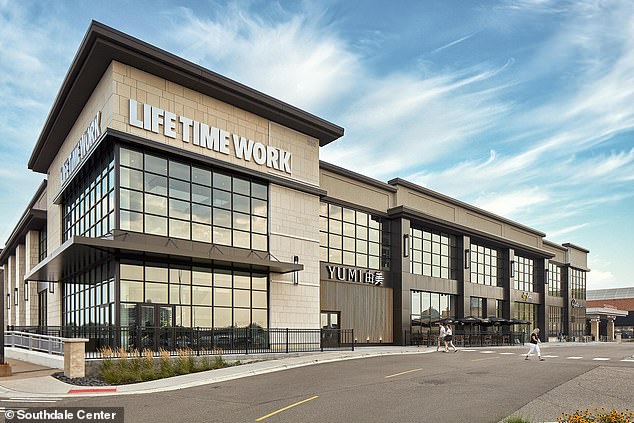

The complex has already received a boost with the edition of the high-end Life Time gym
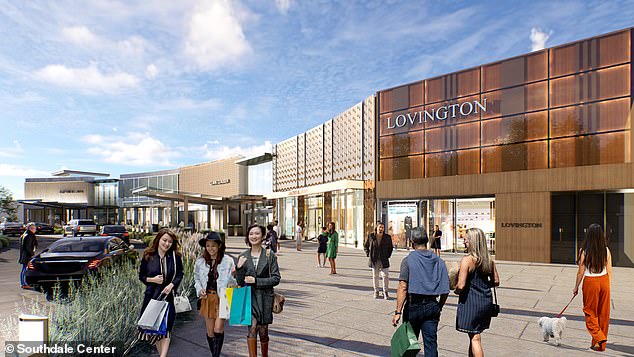

The reinvention shows the large number of high-end store windows that will arrive after agreements with big brands such as Gucci, Moncler and Max Mara.
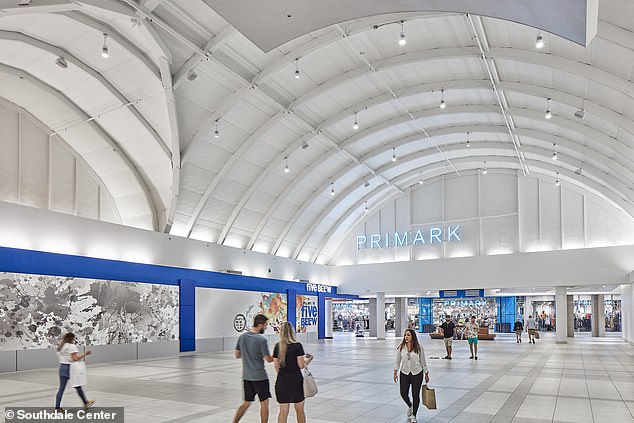

Life Time CEO Bahram Akradi believes shopping malls should offer more than just shopping opportunities
However, in its day, the mall was considered the pinnacle of design and was built for $20 million to emulate the high-vaulted, enclosed shopping markets of Europe.
The main atrium had tables with umbrellas like outdoor European plazas, a fish pond, and a 21-foot-tall bird cage.
A year after it opened, 20,000 people flocked to the center to watch a live game show hosted by Bob Barker.
“It was a place where you could really go and spend an afternoon: having lunch or meeting friends,” Harmony Kaplan, who was a teenager when Southdale opened, told the Wall Street Journal. “That’s where you got your first job.”
‘I would ride a bike here. It was exciting, it was really a busy mall,” added Mary Rattei, 76. “There’s not much to do in the mall now.”
However, Simon hopes this is about to change. The complex has already received a boost with the replacement of a closed JCPenney with the upscale Life Time fitness center and the addition of a LuluLemon.
A $259-a-month Life Time pickleball court is expected to attract even more customers.
Bahram Akradi, CEO of Life Time, believes shopping centers need more than just offering shopping opportunities.
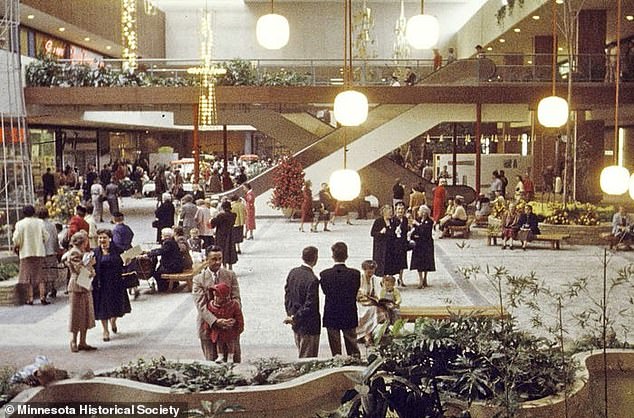

The mall was considered the pinnacle of design and was built for $20 million to emulate the high-vaulted, enclosed shopping markets of Europe.
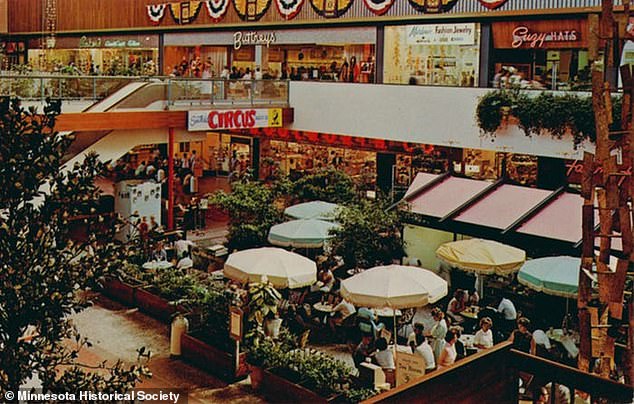

The food court had an ‘outdoor theme’ and was designed to look like European squares.
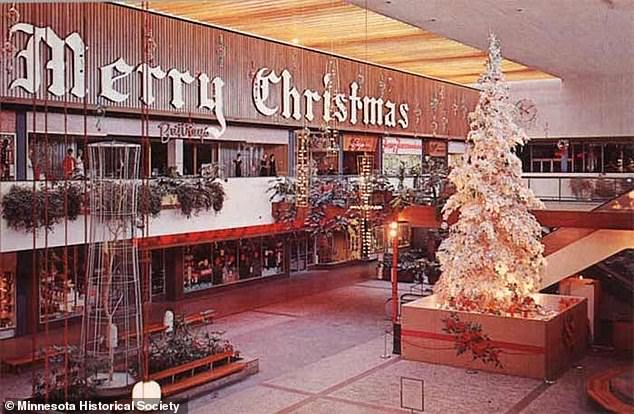

The main atrium had a fish pond and a 21-foot-tall bird cage.
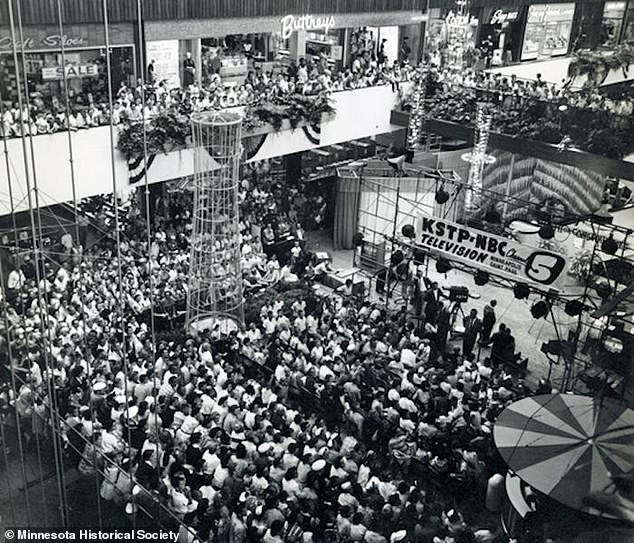

In 1957, more than 20,000 people flooded the mall in five days to watch a live game show hosted by Bob Barker.
“You can really build a focal center for commerce, for encounter and unity,” he said. “If we think of them as retailers, it’s a mistake.”
But there will be plenty of opportunities for retail therapy, as Simon has signed leases with luxury brands Burberry, Gucci, Moncler, Max Mara and Coach, to name a few.
While many retailers struggle to compete with online shopping, luxury brands have held up better in stores, as their customers are more likely to want to see an expensive item in person before spending money.
The declining fortunes of big shopping center brands like Sears and Macy’s have posed problems at shopping complexes in recent years.
Last month, Macy’s revealed plans to close 150 stores, nearly a third of its locations.
This presents a particular strain for lower-end shopping centers, which often lack the capital to attract new tenants.
But for Simon, which is the largest U.S. mall operator with 83 properties closed, the focus is on investing in its most lucrative properties, where it plans to spend $800 million this year on up to six new projects. .
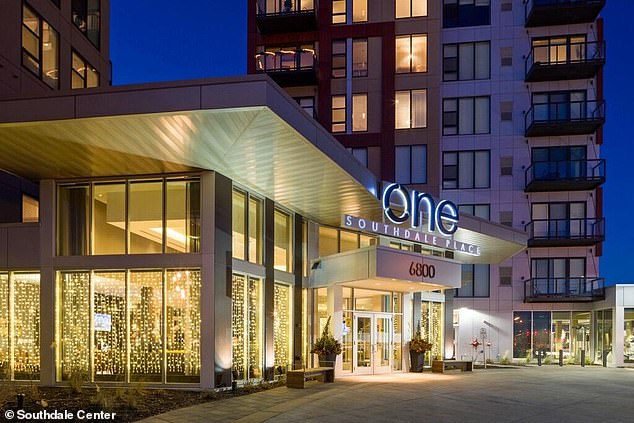

The market value of Southdale Center is now nearly $300 million, according to Minneapolis officials.
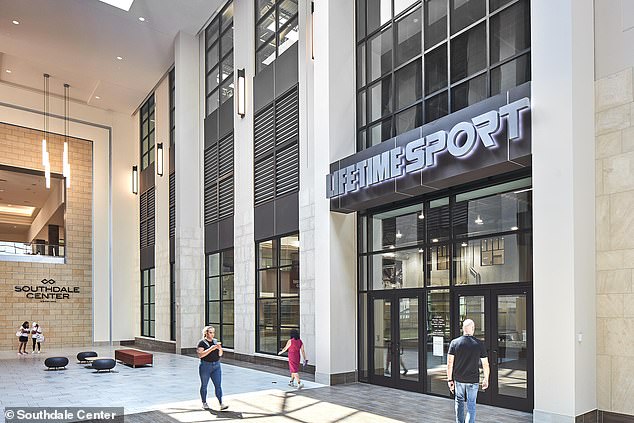

Defunct department stores are giving way to companies like Puttshack, the high-tech mini-golf operator, reflecting the shift in how Americans use the mall.
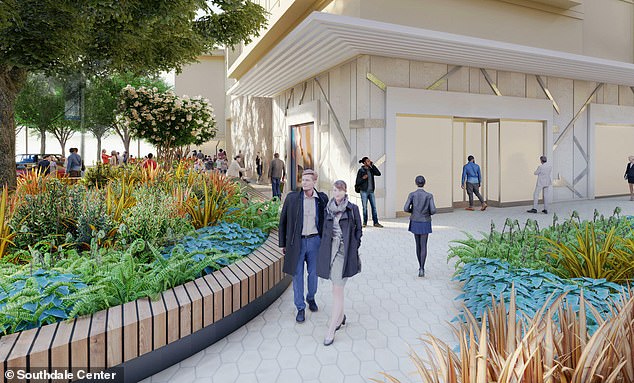

David Simon, CEO of Simon Property Group, said he believes there will always be a place for convenient, well-maintained shopping centers.
Meanwhile, the market value of Southdale Center is now nearly $300 million, according to the city.
David Simon, CEO of Simon Property Group, said he believes there will always be a place for convenient, well-maintained shopping centers.
“There are very few products in real estate that have that kind of longevity and staying power,” he said. “Malls are incredibly resilient.”

